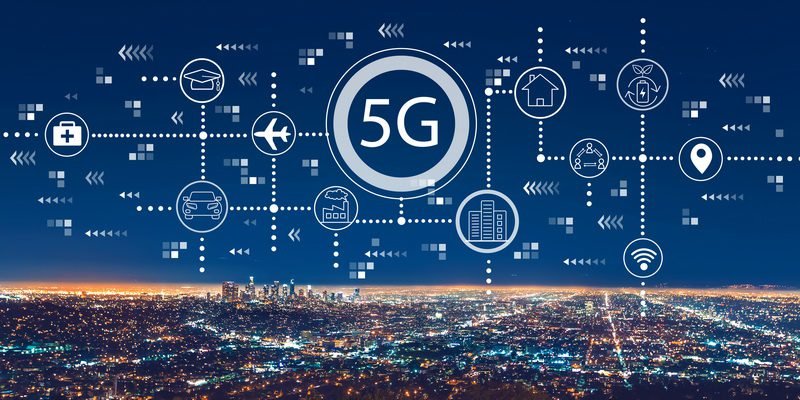
The advent of 5G technology marks a significant leap forward in the evolution of wireless communication. As the fifth generation of mobile networks, 5G promises to revolutionize how we connect to the internet, interact with technology, and live our daily lives. With faster speeds, lower latency, and the ability to connect a vast number of devices simultaneously, 5G is set to redefine the future of connectivity in ways that go beyond just improved mobile browsing.
Speed and Efficiency
One of the most immediate and noticeable benefits of 5G technology is its speed. 5G networks are expected to be up to 100 times faster than their 4G predecessors, enabling users to download movies, stream high-definition videos, and play online games with virtually no lag. This speed is not just about faster internet; it’s about transforming how we interact with digital content. For instance, augmented reality (AR) and virtual reality (VR) experiences, which require massive data transfers in real-time, will become more seamless and accessible, opening up new possibilities in entertainment, education, and even remote work.
Beyond personal use, the enhanced speed and efficiency of 5G will have profound implications for businesses. Industries such as manufacturing, healthcare, and logistics will benefit from faster and more reliable communication between devices and systems, leading to increased productivity and innovation. In smart factories, for example, machines will be able to communicate with each other instantly, optimizing production lines and reducing downtime.
Increased Connectivity
One of the defining features of 5G is its ability to support a massive number of connected devices simultaneously. Unlike previous generations, 5G can handle up to a million devices per square kilometer, making it the backbone of the IoT. This increased capacity will enable a new wave of connected devices, from smart appliances and wearable technology to advanced sensors in agriculture and environmental monitoring.
For consumers, this means that everything from refrigerators to cars will be connected, creating a seamless digital ecosystem where devices communicate and work together autonomously. For businesses and governments, the ability to connect more devices will drive innovation in areas like smart cities, where connected infrastructure can improve energy efficiency, reduce congestion, and enhance public services.
Lower Latency
Latency, the delay between sending and receiving information, is a critical factor in the performance of a network. 5G technology significantly reduces latency, from the 30-50 milliseconds typical of 4G networks to as little as 1 millisecond. This near-instantaneous response time is crucial for applications that require real-time interaction, such as autonomous vehicles, remote surgeries, and live-streamed events.
The lower latency of 5G will be a game-changer for the development of the Internet of Things (IoT). With 5G, IoT devices can communicate more efficiently, leading to smarter homes, cities, and infrastructure. Imagine traffic lights that instantly adapt to traffic conditions, or home security systems that respond to threats in real-time. These advancements will not only improve convenience but also enhance safety and sustainability.
Challenges and Considerations
While 5G offers exciting possibilities, it also presents challenges that need to be addressed. The infrastructure required to support 5G is complex and expensive, involving the installation of millions of small cell towers and other equipment. Additionally, there are concerns about cybersecurity, as the increased connectivity could make networks more vulnerable to attacks.
There are also regulatory and ethical considerations, particularly regarding data privacy and the potential impact of 5G on health. As with any new technology, it will be essential to establish guidelines and safeguards to ensure that the benefits of 5G are realized without compromising security or public well-being.
Conclusion
5G technology is poised to transform the future of connectivity, offering faster speeds, lower latency, and the capacity to connect an unprecedented number of devices. As 5G networks continue to roll out worldwide, they will unlock new opportunities in various sectors, from entertainment and healthcare to smart cities and autonomous vehicles. However, realizing the full potential of 5G will require addressing the associated challenges and ensuring that the technology is implemented responsibly and equitably. The future of connectivity is bright, and 5G is at the forefront of this digital revolution.
SitelinkPro: Simplify Your Digital Tasks
SitelinkPro is a versatile online tool that simplifies your digital tasks. Whether you need to convert PNG images to JPG, remove backgrounds from photos, or look up english dictionary, SitelinkPro offers all these features in one user-friendly platform. Streamline your workflow with SitelinkPro today.



